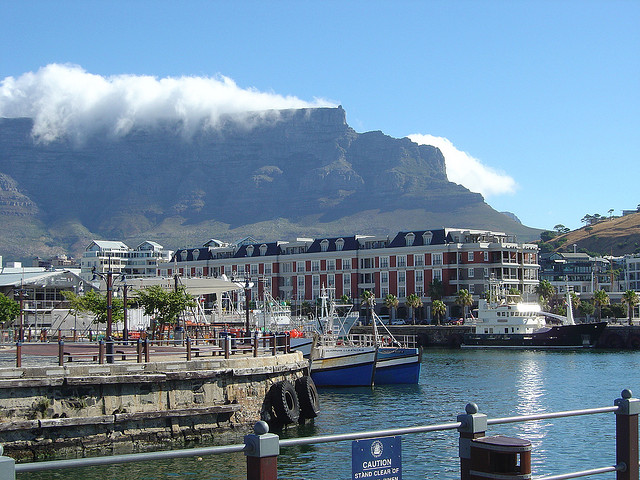Antarctica Tips For Travellers : 12 Things You Need to Know
Cruising to the land of ice, Antarctica: your burning questions answered. In this article you will get the answers to 12 questions travellers usually ask when considering travelling there. This series of tips come to you in partnership with our friends at Fred.\ Discover.
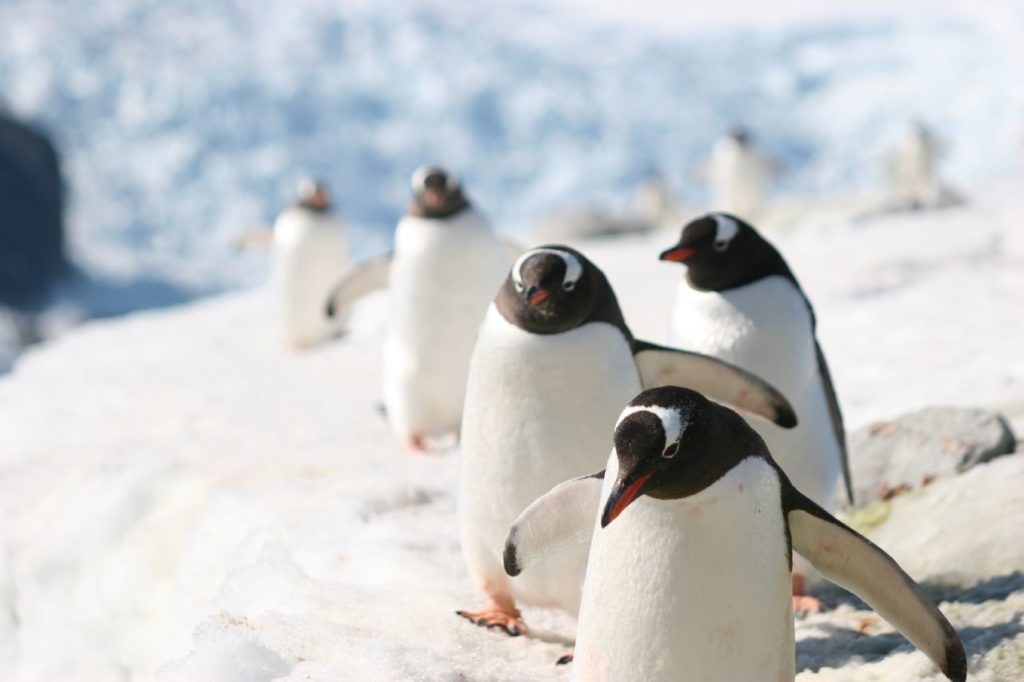
Penguins in Antarctica. Picture by Tak: https://www.flickr.com/photos/leungchitak/
The ultimate ‘bucket list’ destination, Antarctica is more accessible than you might think thanks to the increasing number of specialist cruise lines and tour operators that are offering trips to the White Continent.
Awe-inspiring images of penguins, mighty icebergs and glimmering glaciers will give you an idea of what you will experience on your journey south, however Fred.\ Discover asked the Manager of Expedition Operations & Planning for Seabourn Cruises, along with our friends at Poseidon Expeditions, to answer some of your most frequently asked questions about travelling to Antarctica
1) What should I wear to stave off frostbite?
On Antarctica the key is to dress in layers. This would comprise generally of thermal underwear, a fleece and then a 2-piece puff jacket and Parka. Waterproof insulated pants and a pair of bog boots should be worn on the legs, and don’t forget all the accessories such as gloves, beanies and neck gaiters!
2) What activities can I look forward to on Antarctica?
Off the ships you can look forward to activities such as complimentary zodiac tours and zodiac landings, along with optional kayak tours. Each day you will explore a new area of Antarctica searching for different wildlife species, visiting stations, continental landings and exploring many scenic channels.
On board meanwhile, you can benefit from a team of scientists, scholars, photographers/videographers and naturalists who will give lectures, workshops and debates on important subjects such as how to take better photos.
Apart from the lectures, days at sea are also spent with expedition team members out on deck looking for wildlife and cetaceans, with the ship stopping should you encounter something special!
3) Is it possible to camp on Antarctica?
Yes! That’s right – several companies now offer the chance for you to camp on Antarctica. Snuggling up in your sleeping bag and bivvy under the Midnight Sun is an experience you will never forget. Remember to bring a hat as well as dry thermals to keep you warm throughout the night.
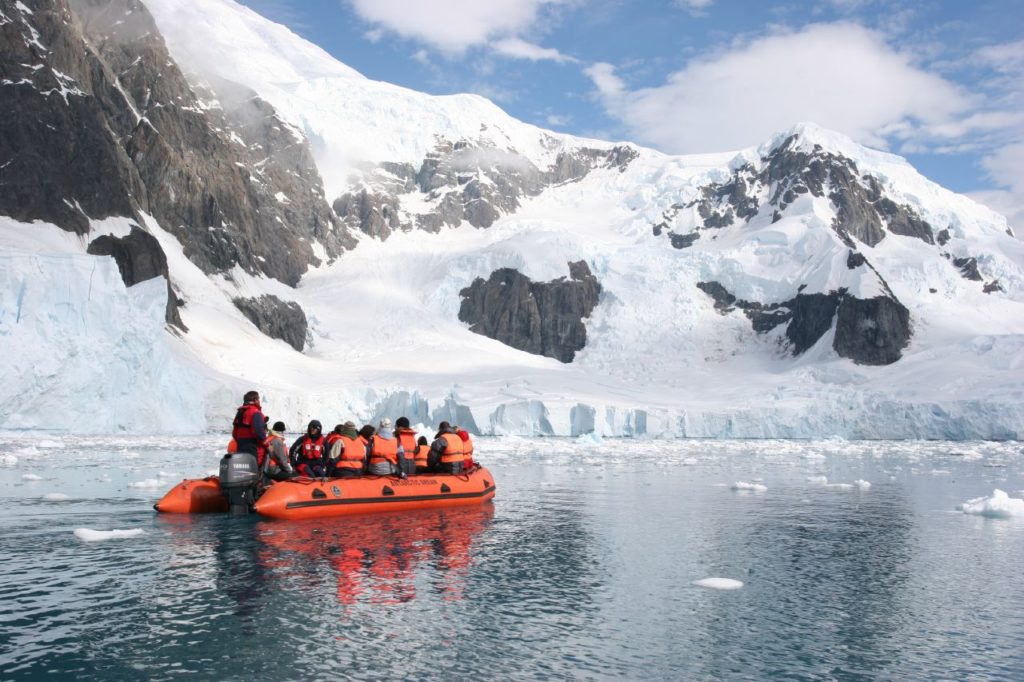
Zodiacs in Antarctica. Picture by Tak: https://www.flickr.com/photos/leungchitak/
4) Will I have to ‘rough it’ when visiting Antarctica?
Not at all. In days gone by, dedicated expedition ships were a bit rough around the edges due to the nature of the industry and how it developed, but that is not the case these days. Now, there is a surprisingly large range of choice when it comes to the vessel you chose to travel with when visiting Antarctica. The facilities onboard Seabourn Quest for example are some of the most luxurious in the world. On board Poseidon’s Sea Spirit too, you will also find plenty of home comforts in the form of lounges, a library, outdoor bistro and gym.
You can now explore every rugged facet of Antarctica, challenge yourself, and have an adventurous experience shore side, but when you step back onboard, be surrounded by all the luxuries you are used to!
5) What is the likelihood of seeing all the wildlife I am looking for?
Your chances are excellent. Unlike other wilderness areas, Antarctica is untouched and the wildlife is abundant. Every day you will have wildlife encounters, from penguins to seals, to whales, and birds!
6) Do I have to be super fit / active to visit Antarctica?
You do not need to be very active or fit in order to visit Antarctica. Landing sites where you go ashore are small areas that have become snow and ice free and are reasonably flat. Guests of all fitness levels are generally able to go ashore and all have an equally excellent experience. Zodiac tours also offer opportunities to sit, relax and have the ice and wildlife come to you as the zodiacs move between the Antarctic landscape. If you do have problems walking unassisted or will struggle with steep gangways, please speak to your chosen operator for advice.
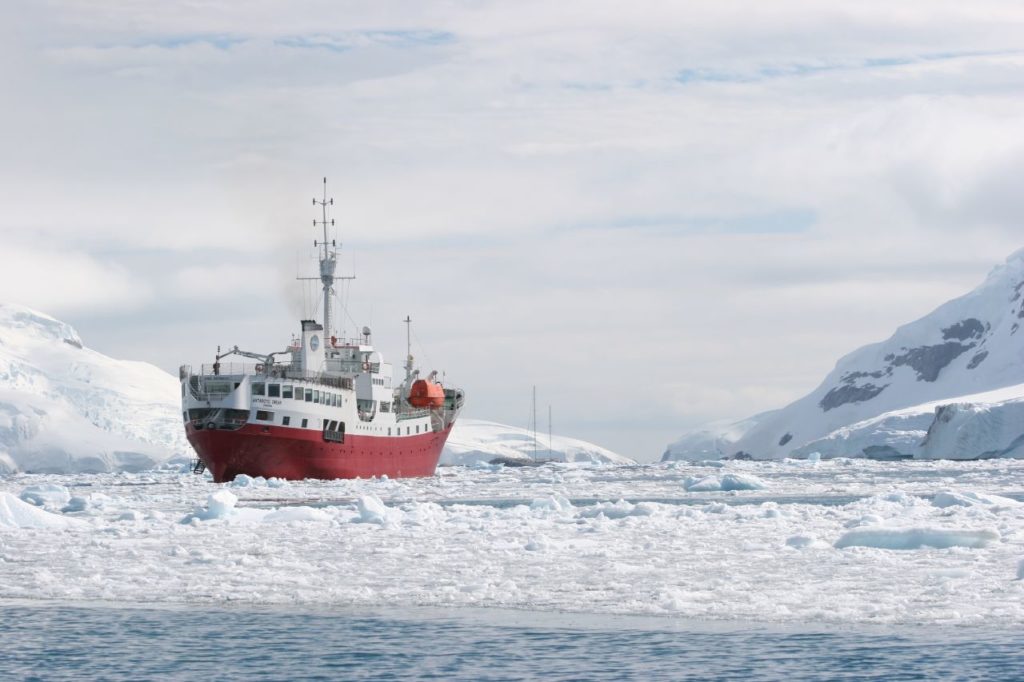
Ship in Antarctica. Picture by Tak: https://www.flickr.com/photos/leungchitak/
7) Is there an age limit for any of the activities?
Yes, you have to be 6 years or older to go in a zodiac and you can only get ashore by zodiac in Antarctica. Sea-kayaking with Poseidon for example, also requires you to be 18 years or older.
8) Are there doctors on board or other medical facilities?
All ships visiting Antarctica will feature an onboard medical facility staffed by a doctor. One of the medical team will generally also travel ashore on landing days in the unlikely event of an accident. Many of the expedition staff have first aid and advanced first aid training too.
9) I’ve heard the Drake Passage is awful – how much of an issue will sea sickness be?
This is a very personal question, every guest experiences the Drake Passage differently. Some guests are more prone to motion sickness, than others. Some guests are quite ill while others feel nothing. It very much depends on the conditions of the Drake Passage, some days you have the ‘drake lake’ and no one is affected, other days you have the ‘drake shake’ and some guests are affected. The onboard medical team can help out with tablets and injections if necessary, which in almost all cases makes guests feel much more comfortable.
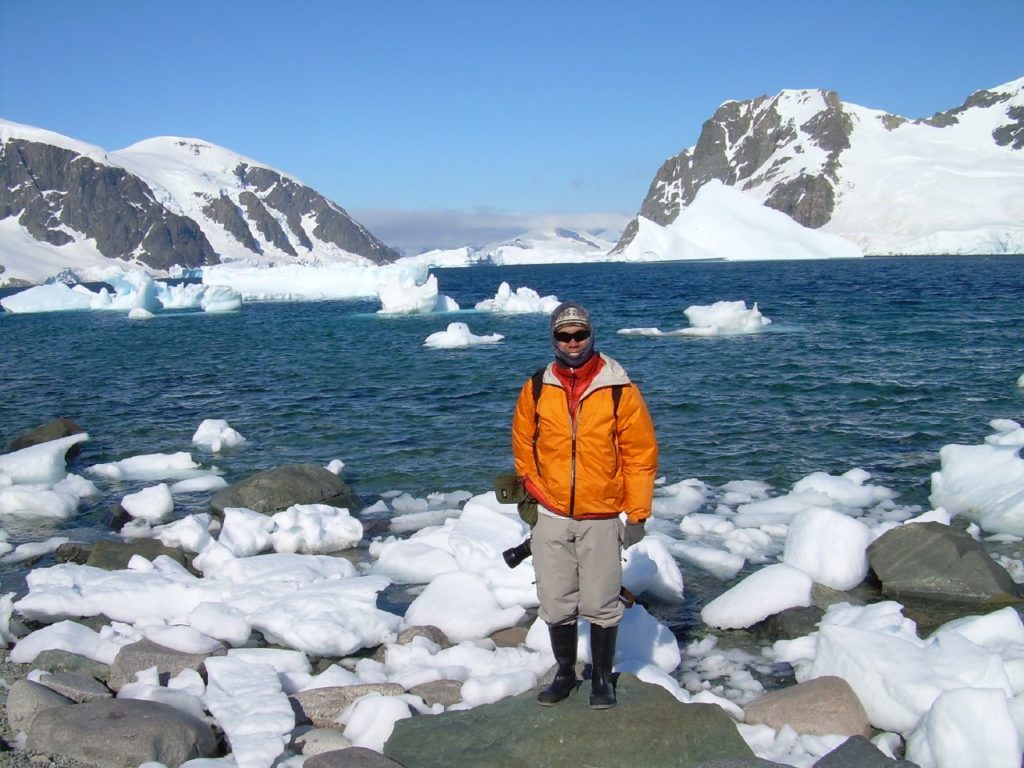
Dressed for Antarctica. Picture by Tak: https://www.flickr.com/photos/leungchitak/
10) Do you have to be super rich to go to Antarctica?
No, not super rich! It is a bit of an investment, with trips much pricier than a traditional cruise, but super rich, no. A trip to Antarctica is a once-in-a-lifetime opportunity and it’s hard to calculate what that experience is worth!
11) What’s the best time of year to visit Antarctica in terms of weather and wildlife?
There is no bad time to visit Antarctica during the summer months (mid-November until mid-March). What’s important is what you want to see. Early in the season everything is white and Antarctica looks pristine (for many the best time to go). A little later the penguins are on eggs. This is followed by the hatching of the penguin chicks. Towards the end of the summer the whales come down to Antarctica in their large numbers and humpback whales are everywhere.
Each trip is unique with no two trips being similar. Due to ice and weather you could go to completely different areas of Antarctica from one sailing to the next. As the season progresses, the ice recedes and ships can go further south. The breeding cycle is also different in the South Shetland Island compared with the Antarctic Peninsula, with penguins breeding earlier. So, in a nutshell, there is no bad time to go -just a personal decision as to when it best suits you.
12) How cold can it get in Antarctica?
Not as cold as you might expect. Many of our guests come from parts of the world that experience far lower temperatures in winter than what they will experience in Antarctica during summer. The average temperature in Antarctica during the summer months is 0 degrees Celsius or 32 degrees Fahrenheit. What makes Antarctica cold is the wind chill factor, strong winds can drop the temperature substantially, to well below freezing!
For more insight into the types of Antarctic trips available, according to travel style and budget – take a look at Fred.\ Discover’s Antarctica Destination Guide
Read other in the series of tips in partnership with Fred.\ Discover: Galapagos, Alaska Cruise and African Safari.

